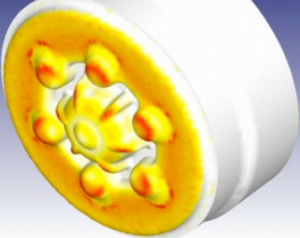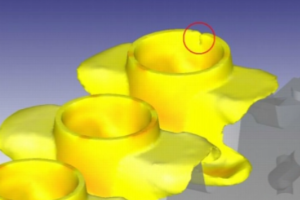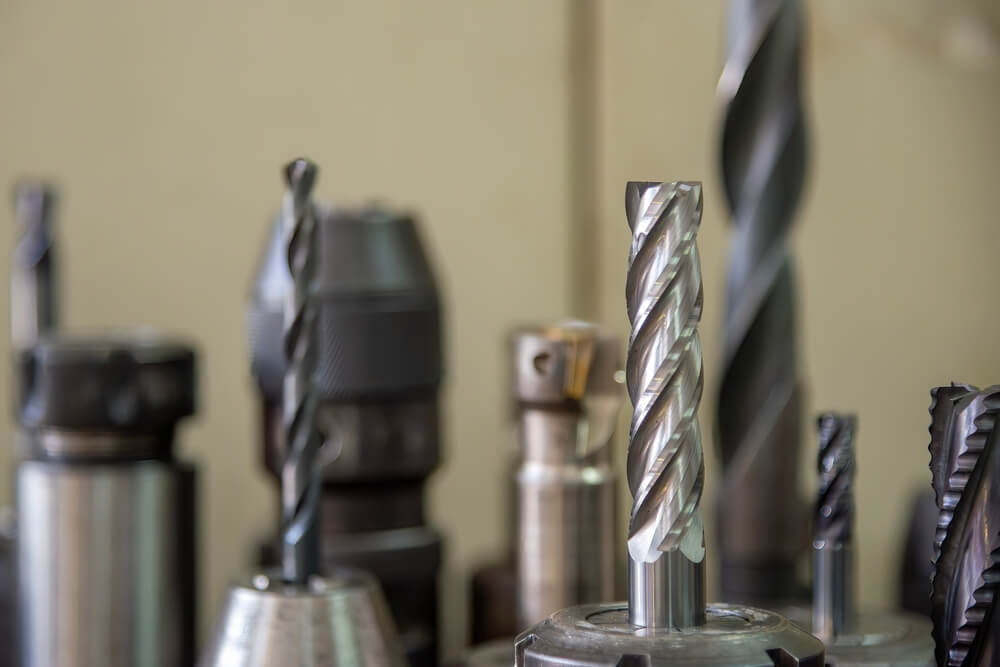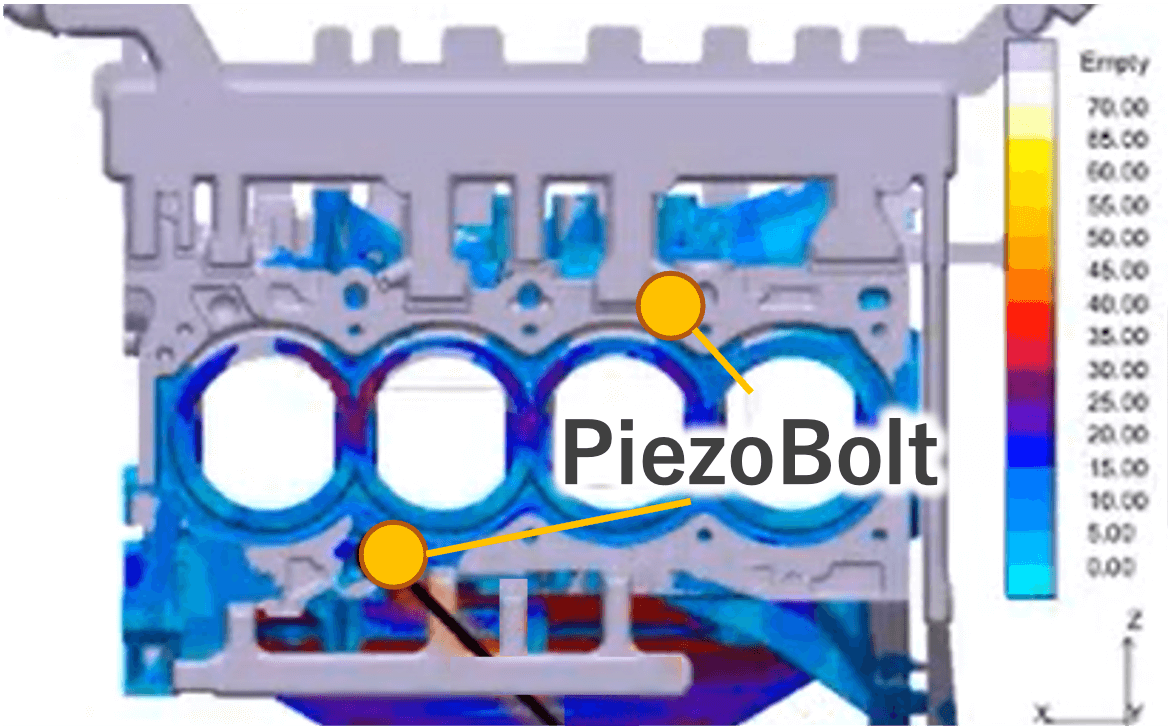
Release Date:2024/09/03
What is Hot Forging Simulation with CAE? – Benefits & Case Studies
By utilizing CAE (Computer-Aided Engineering) in hot forging, it is possible to visualize the transition of load and deformation during the forming process of materials and predict potential defects and failures.
In this article, we will provide an overview of Hot Forging, discuss the benefits of CAE analysis, and share a case study.
Contents
What is Hot Forging?
Hot Forging is a forming method in which the deformation resistance of the material is lowered by heating, thereby improving its deformation capacity, such as elongation and drawing.
Advantages:
- Allows for large deformations, enabling the formation of complex shapes.
Disadvantages:
- Heat from the material can easily transfer to the die, affecting its lifespan.
- The yield rate deteriorates during semi-closed forging (burr forging).
- A large amount of energy is required for heating, which has raised concerns from a carbon neutrality perspective, necessitating further improvements.

Benefits of CAE Analysis for Hot Forging
Similar to cold forging, CAE analysis for hot forging enables you to visualize the transition of load and deformation during the forming process, and predict potential defects and failures.
Key Benefits:
Validation Before Trials:
- Validate formable geometries and assess whether forming can be performed within the specifications of the forging machine before trial production.
- Reduce costs associated with trial-related dies and labor.
Temperature Visualization:
- Visualize temperature variations that significantly impact material formability in hot forging.
- Identify the causes of defects related to temperature changes.
Die Load and Wear Prediction:
- Predict the load (stress) on the dies and anticipate die wear.
- Use these insights to improve die life and reduce forging production costs.
Example of Hot Forging Simulation with CAE Solution
Here are some examples of simulations using the CAE software “DEFORM“.
※What is the CAE software “DEFORM”?
DEFORM is a comprehensive machining simulation software for all types of metal processes, including forging, cutting, and heat treatment.
With a wide variety of analysis functions, our customers come from all fields, including the automotive, steel, aerospace, electrical/electronics, and chemical industries.
For more detailed information, please click the link below.
The CAE software “DEFORM” is your best partner in plastic forming
Case Study: Simulation of a Component of an Automobile Engine
The figure below illustrates the load transition and temperature changes during the forming process. When the material comes into contact with the upper and lower dies, the temperature decreases. Conversely, areas with significant deformation show an increase in temperature.
Additionally, the simulation visualizes die wear distribution, allowing you to identify areas prone to wear in advance.
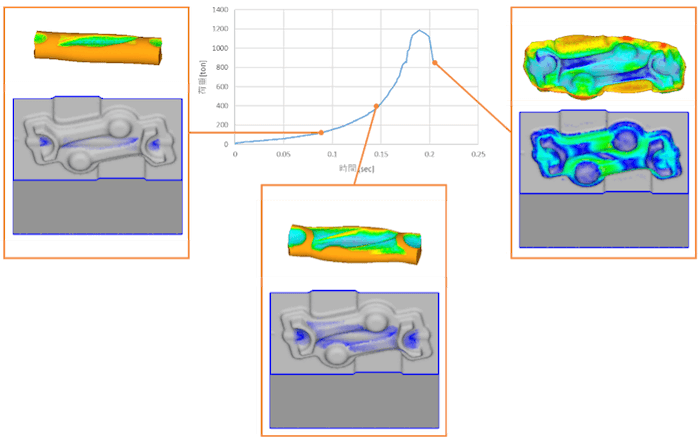
Other Case Studies (Click on the image to visit the 3D animation page)
Conclusion
Thank you for reading.
By utilizing CAE, it is possible to prevent defects in advance, while also reducing costs and shortening lead times. The CAE software DEFORM offers a wide range of features to support designers, including capabilities for additional processes, data analysis, experimental design modules, optimization modules.
If you have any questions or concerns regarding product design or manufacturing, please feel free to contact us.

